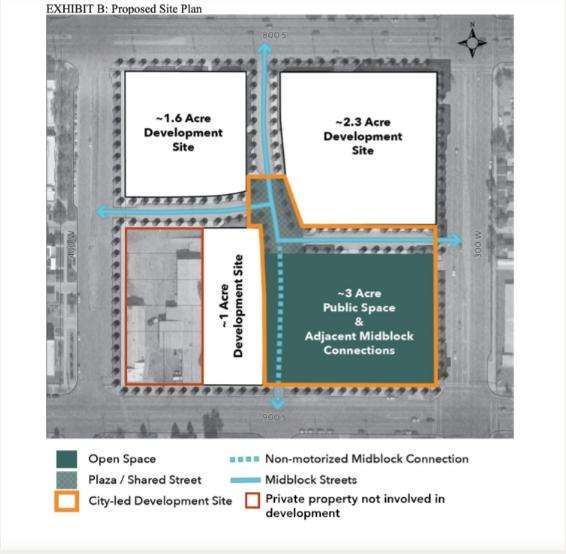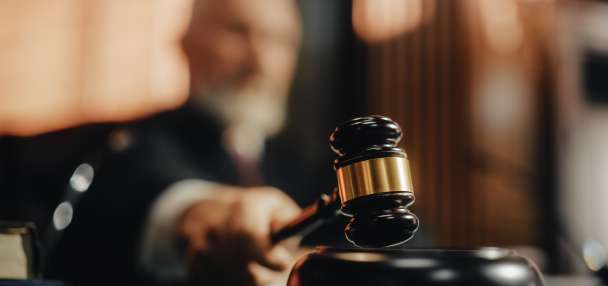Estimated read time: 3-4 minutes
- Salt Lake City has demolished its old fleet buildings, which included murals of people killed in police interactions.
- City officials seek development proposals for two parcels, emphasizing affordability and sustainability.
- Public engagement for a 3-acre open space, featuring social justice art, will also begin this spring.
SALT LAKE CITY — Crews have all but wrapped up the demolition of Salt Lake City's old vehicle fleet buildings, which included the removal of over two dozen murals depicting people killed in police interactions.
The city is now making clear what's next for the 8.75-acre block within the heart of the fast-growing Granary District.
Salt Lake City Department of Community and Neighborhoods officials said Tuesday they're accepting proposals for new development on two of the block's northern parcels by 800 South between 300 West and 400 West at the city-owned property. They added they're launching the "public engagement phase" for the block's 3-acre open space, which will include new public artwork also "inspired by social justice."
"We're excited to see this long-vacant land developed to its fullest potential," said Tammy Hunsaker, the department's director, in a statement. "We want proposals that make the city more affordable, sustainable and livable for families and residents of all backgrounds and income levels."
The block has been primarily vacant since Salt Lake City moved its vehicle fleet to another facility in 2009. City officials began a process to rezone and redevelop the block in 2019, but the project was put on hold during the COVID-19 pandemic. The space then found new life through the murals, which were painted onto the buildings' exteriors in 2020 following the high-profile deaths of George Floyd, Breonna Taylor, Bernardo Palacios-Carbajal and others.
Families of the local people depicted on the building described it as a "healing spot." However, it became clear the murals would be temporary as Salt Lake City resumed its rezoning process in 2022.
Demolition began last month after city officials revealed earlier this year that they had an "anticipated sale" of an acre of land within the block's southwest corner. The sale was expected to generate $3.9 million toward future mid-block streets and other public infrastructure within the block. Black Lives Matter Utah organized a vigil in February ahead of the planned demolition.
"I think everyone is feeling defeated with the whole demolition happening," said Ruby Mercado, whose brother Jovany was among the 29 people depicted on the walls of the property.
The department said Tuesday it's still negotiating the sale with Sentry Financial, which wants to construct a mixed-use building with family-size units, affordable housing and ground-floor commercial space.

All new developer requests will be reviewed by a section committee composed of city staff and leadership, as well as community group members and nonprofit leaders, according to the city. Once selected, winning project designs and concepts will be presented to neighborhoods via community councils and similar organizations.
A consultant team was also selected to help the city piece together for "equitable, trauma-informed engagement and design" artwork within the future open space.
"The team will facilitate an inclusive and sensitive process that ensures that community is centered in the project," city officials wrote in a statement, adding that ideas for artwork and or open space features will be collected beginning this spring.
Family members of those who were memorialized at Fleet Block said that they hope the city is able to deliver what it has promised.
"We hope they don't fail when they provide us with the new space and memorial," Rae James Duckworth, operating chairperson of Black Lives Matter Utah, said last month, after demolition began.











